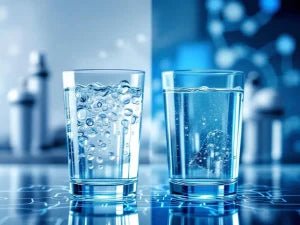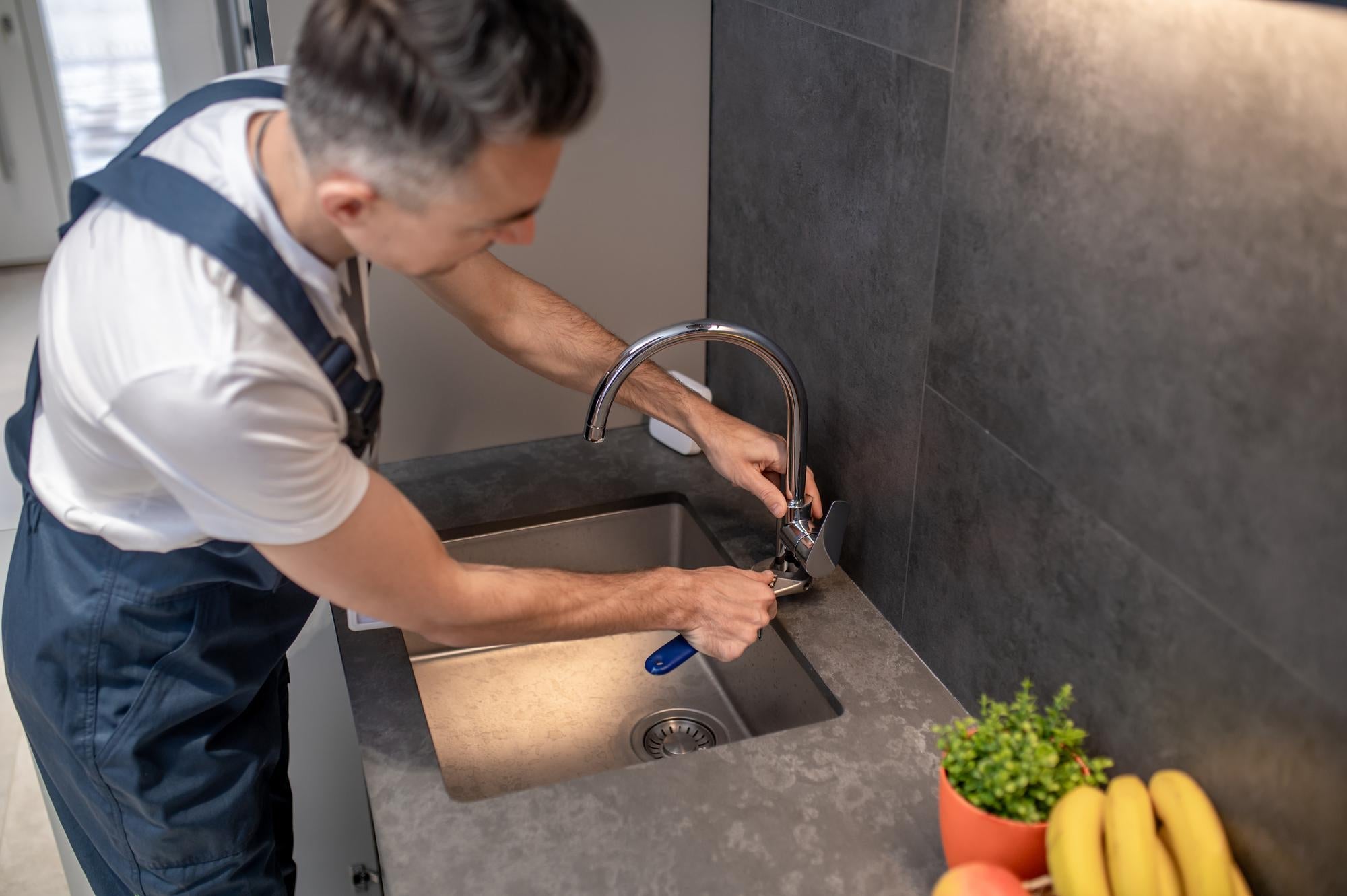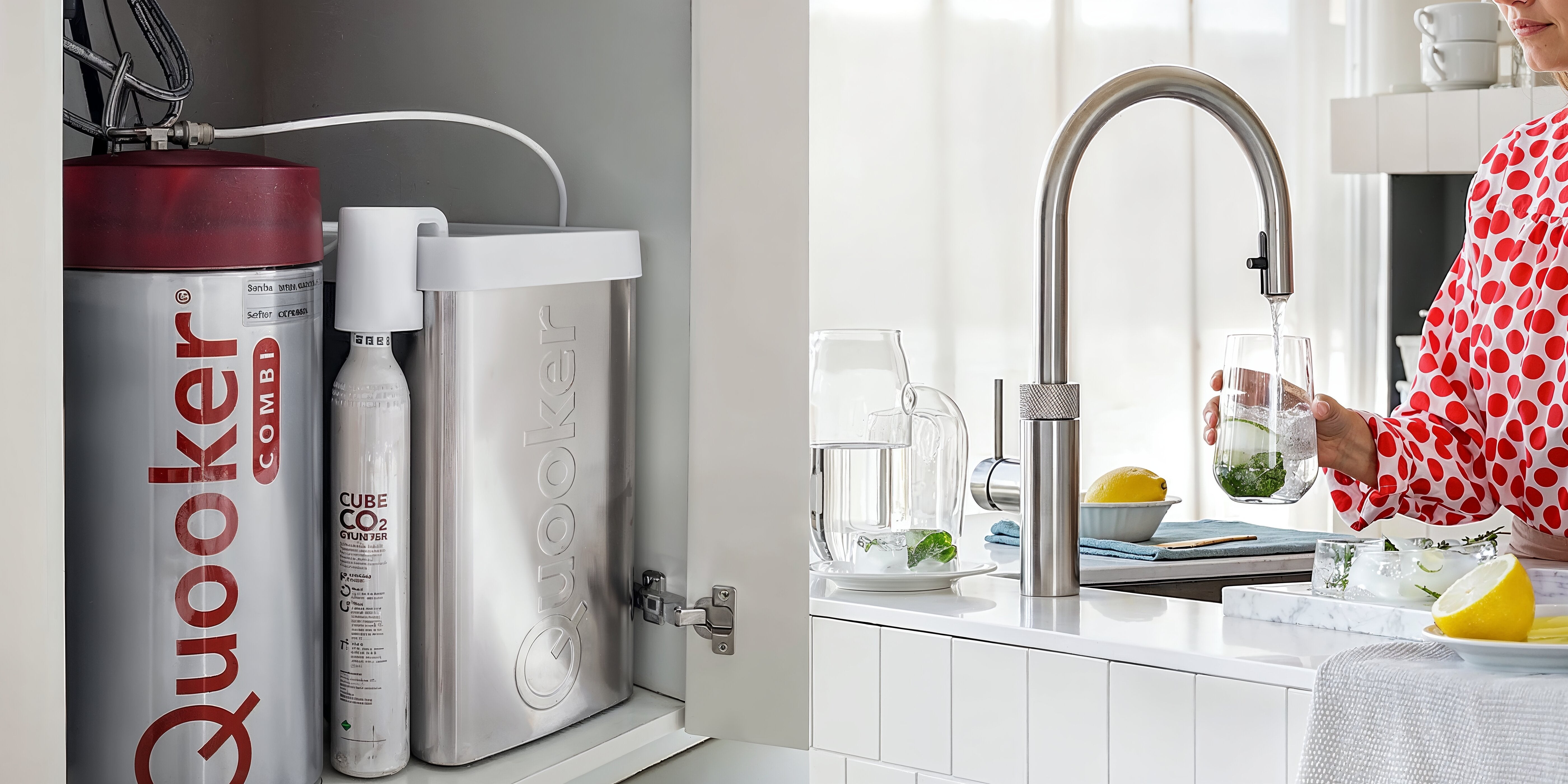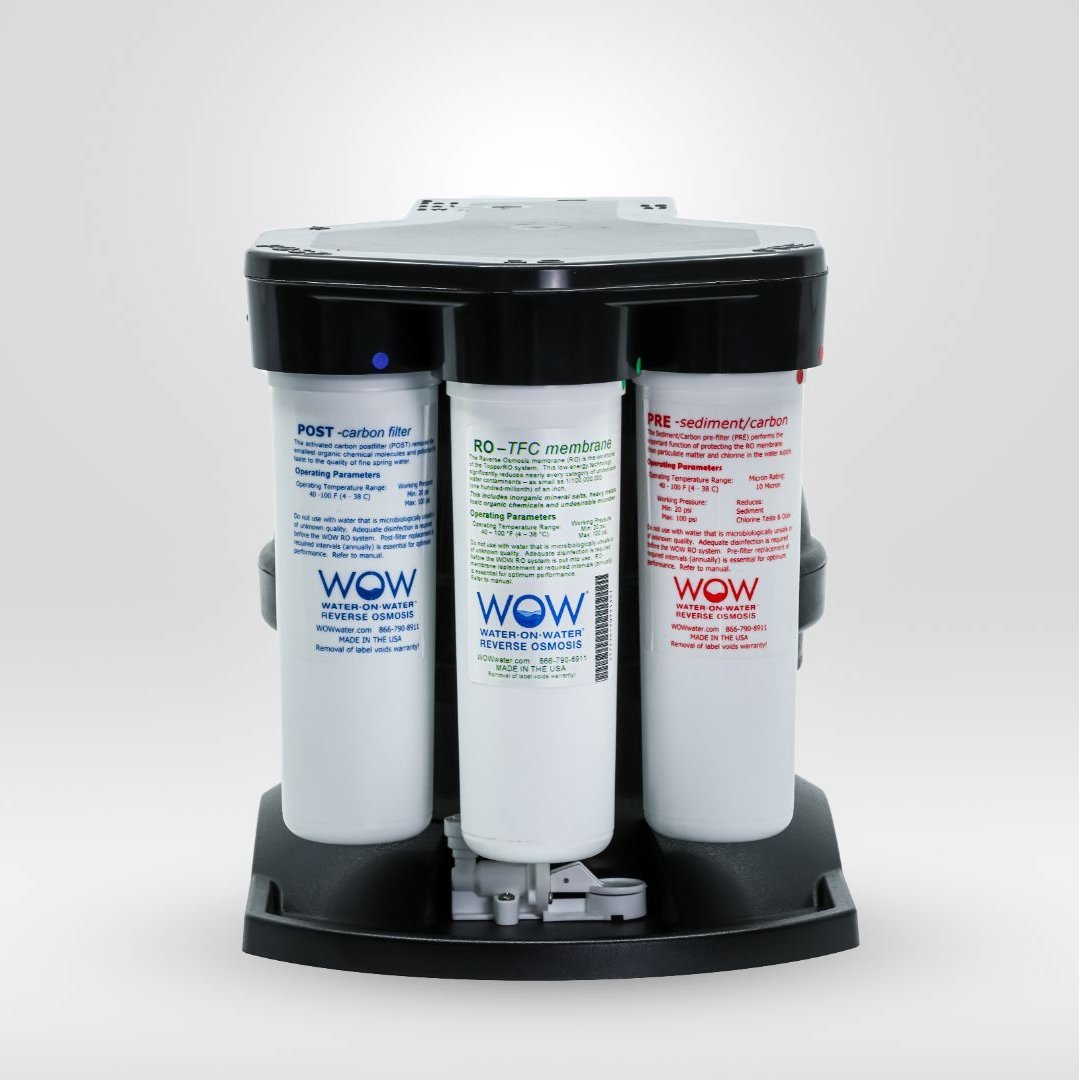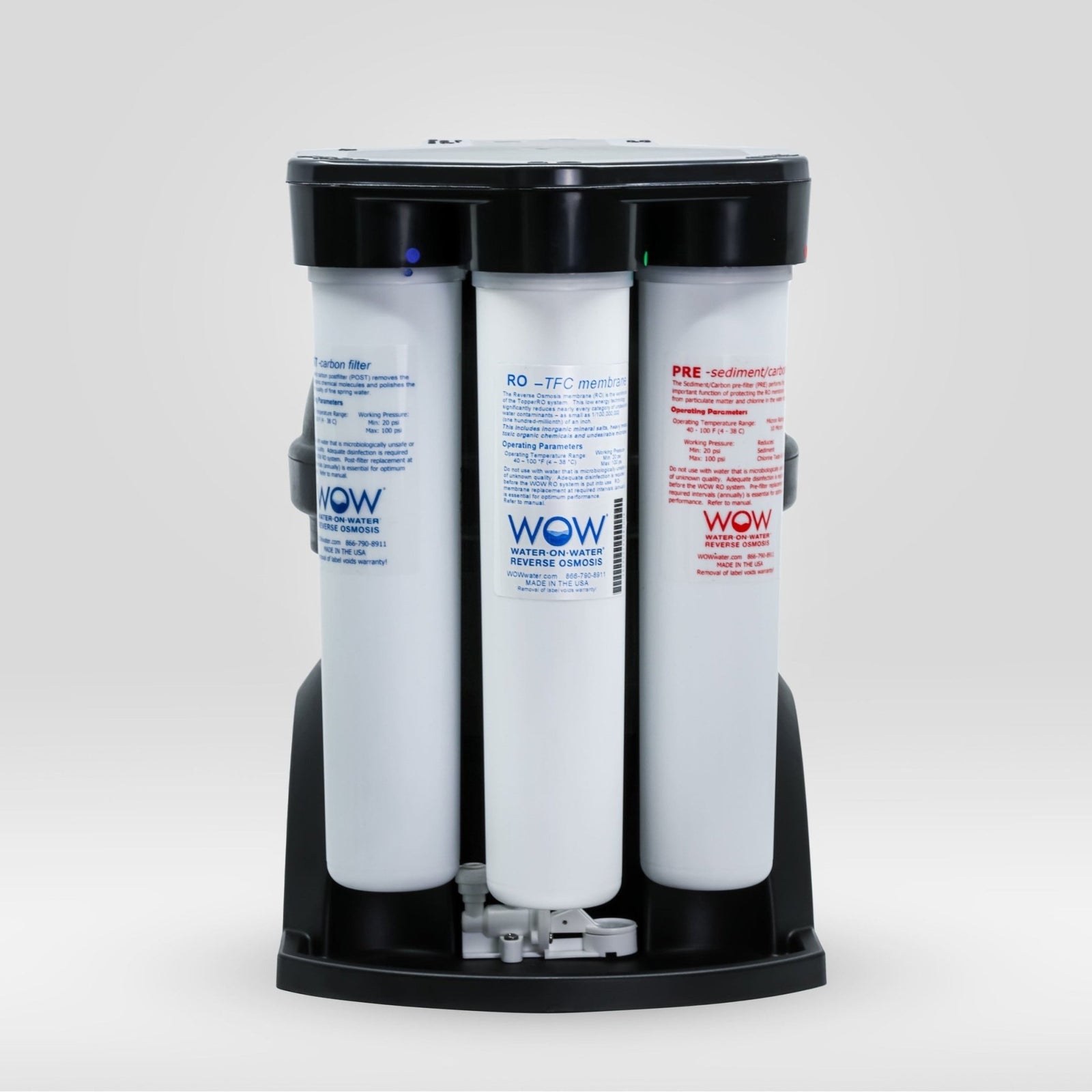Yes, Dutch tap water may contain agricultural pesticides, although concentrations usually remain below legal limits. Water companies continuously monitor water quality and use various purification techniques, but traces of herbicides, insecticides, and fungicides are regularly found. Their presence varies by region and season, with agricultural areas experiencing higher concentrations during the growing season.
What are pesticides and how do they enter our water system?
Pesticides are chemicals used in agriculture to protect crops from pests, diseases, and weeds. The main categories are herbicides (against weeds), insecticides (against insects), and fungicides (against fungi). These substances enter our water system via various routes.
When pesticides are sprayed on agricultural land, they leach into ditches and rivers during rainstorms. This leaching process is particularly intense during heavy rainfall. The chemicals also penetrate the soil and eventually reach the groundwater, our main source of drinking water. Surface waters such as rivers and lakes become contaminated most quickly, but deeper groundwater layers are also affected over time.
The transport of pesticides through the water system is complex. Some substances break down relatively quickly, while others remain in the environment for years. Modern pesticides are often designed to remain active for a longer period, meaning they can also persist in the water for a longer period. This makes agricultural water pollution a persistent problem that requires continuous attention.
Does Dutch tap water actually contain pesticides from agriculture?
Dutch water companies regularly detect traces of pesticides in drinking water during their monitoring. Although concentrations usually remain below the European drinking water standard of 0.1 micrograms per liter, dozens of different pesticides are detected. The most common are glyphosate, MCPA, and bentazone, substances frequently used in Dutch agriculture.
Water quality in the Netherlands varies considerably by region. Higher concentrations are measured in intensively farmed areas such as the Flevopolder, parts of North Brabant, and Zeeland. Seasonal variations are clearly visible: during the spraying season (April to September), pesticide concentrations in surface water sometimes exceed the norm.
- Groundwater contains lower concentrations on average, but the pollution is more persistent
- Surface water responds more quickly to agricultural activities
- Urban areas often have lower pesticide concentrations
- New pesticides are not always monitored immediately
Water companies routinely test for approximately 30 pesticides, but there are hundreds of approved substances. This means that not all potential contaminants are detected. Moreover, breakdown products (metabolites) are created that are sometimes more harmful than the original substance.
What health risks do pesticides in drinking water pose?
Long-term exposure to low concentrations of pesticides through drinking water can have various health effects. While acute poisoning is unlikely at current concentrations, scientists are concerned about chronic effects. Hormone disruption, neurological effects, and potential cancer risks have been linked to certain pesticides.
Vulnerable groups are at extra risk:
| Risk group | Specific concerns | Recommended precautions |
|---|---|---|
| Pregnant women | Fetal developmental disorders | Consider additional water filtration |
| Babies and children | Disrupted brain development | Filtered water for bottle feeding |
| Elderly | Reduced detoxification capacity | Regular monitoring of water quality |
| Chronically ill | Weakened immune system | Additional purification at home |
The cumulative effect of multiple pesticides simultaneously is an underestimated risk. Standards apply to each substance individually, but in reality, we are exposed to cocktails of different chemicals. These combinations can reinforce each other, increasing health risks. Scientific research into these interactions is still in its infancy.
How do water companies remove pesticides from drinking water?
Dutch water companies use advanced techniques to remove pesticides from water . Activated carbon filtration is the most commonly used method, where pesticides bind to the carbon surface. This technique is effective for many organic compounds but has limitations with very small molecules or hydrophilic pesticides.
Ozonation breaks down pesticides through oxidation. This process is powerful but can create unwanted byproducts that can also be harmful. UV treatment uses ultraviolet light to disrupt the chemical structure of pesticides. This method works well for certain substances, but not for all pesticide groups.
The effectiveness of conventional purification varies greatly:
- Some modern pesticides are specifically designed to remain stable
- Polar pesticides are poorly removed by standard carbon filters
- Decomposition products may be more difficult to remove than the original substance
- Combinations of techniques are often necessary for adequate removal
Despite these efforts, certain pesticides remain persistent. New generations of pesticides are being developed that are even more difficult to remove, increasing the challenge for water utilities.
Why are more and more households choosing extra water filtration at home?
Consumers choose supplemental water filtration pesticides for various reasons. The precautionary principle plays a key role: people don't want to wait for scientists to provide definitive evidence about health risks. The ongoing reports of new contaminants such as PFAS and pharmaceutical residues reinforce this concern.
Technological developments are making home filtration more accessible. Reverse osmosis pesticide removal is particularly effective, with removal rates of up to 99% for most pesticides. This technology, as used in home water filtration systems , filters at the molecular level, removing even the smallest contaminants.
Practical considerations also play a role:
- Improved taste and odor of drinking water
- Certainty about water quality regardless of regional differences
- Protection against future contamination
- Cost-effective alternative to bottled water
Investing in a high-quality filtration system is seen by many as a health insurance policy for the family. With increasing pressure on water resources due to climate change and intensive agriculture, experts expect home filtration to become even more important.
Important considerations for cleaner drinking water without pesticides
For consumers concerned about pesticides in tap water, there are concrete steps they can take. Choosing a certified filtration system is crucial. Systems with NSF/ANSI certification offer guaranteed pesticide removal performance. Reverse osmosis technology offers the most complete protection against a broad spectrum of contaminants.
Regular maintenance is essential for optimal operation. Filters should be replaced as directed to prevent contaminants from penetrating. A well-maintained system will continue to effectively remove pesticides and other harmful substances for years to come.
Practical advice for cleaner drinking water:
- Test your tap water to determine the starting point
- Choose a filter system that suits your specific water quality
- Consider reverse osmosis for maximum safety
- Replace filters in a timely manner according to factory specifications
- Monitor water quality regularly after filtration
The reality is that pesticides in our drinking water are a continuing concern. While water utilities are doing their best, additional home filtration offers additional peace of mind. With the right technology and maintenance, households can enjoy water free of pesticides, pharmaceutical residues, PFAS, and other modern contaminants. This contributes to better health and peace of mind for the whole family.
